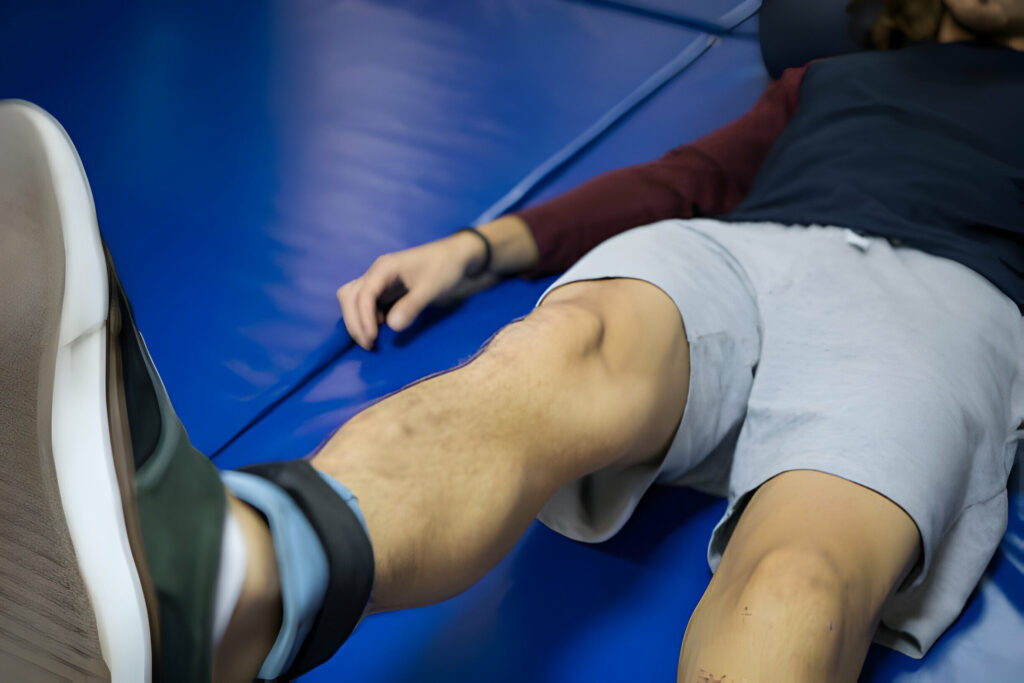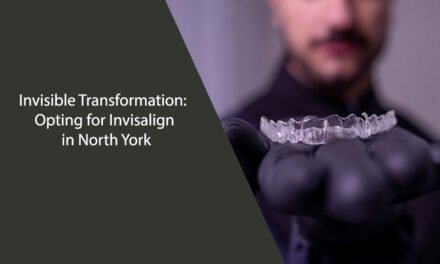
Anterior Cruciate Ligament (ACL) injury is a common yet significant concern for athletes and physically active individuals. The journey towards recovery encompasses not only surgical intervention but also a meticulously structured rehabilitation process. This process, while challenging, paves the way for a triumphant return to physical activity. This article delves into the multifaceted benefits of a comprehensive ACL reconstruction rehab program post surgery, highlighting its pivotal role in ensuring strength, stability, and success.
Table of Contents
Rebuilding Strength
One of the primary goals of post-surgical rehabilitation is restoring muscular strength. The ACL serves as a vital stabiliser for the knee, and when it’s injured, followed by surgery, there’s a notable decrease in muscle strength and functionality, underscoring the importance of rehabilitation to restore optimal knee function.
A meticulously crafted rehabilitation regimen focuses on addressing these deficiencies with targeted exercises tailored to bolster the muscles surrounding the knee as well as those throughout the entire lower extremity, facilitating a comprehensive recovery process. This holistic approach ensures a balanced recovery, reducing re-injury risk and enhancing overall performance.
Ensuring Stability
Stability is paramount in the context of ACL recovery. The integrity of the knee’s structure and function hinges upon the successful healing and integration of the reconstructed ligament. Rehabilitation focuses on proprioceptive training, which enhances the knee’s ability to respond to various positions and movements. Through drills and exercises that challenge balance and coordination, individuals learn to trust their knees again, gaining confidence in their ability to perform complex movements without fear of instability.
Promoting Endurance
Building endurance is crucial for a successful recovery and return to pre-injury levels of activity. Rehabilitation programs incorporate cardiovascular exercises to improve heart and lung health, which supports the body’s overall endurance and stamina. This component of rehab ensures that individuals can sustain longer periods of physical activity without fatigue, a vital aspect of returning to competitive sports or demanding physical jobs.
Achieving Success
The success of ACL rehabilitation is multi-dimensional. It not only encompasses the physical recovery of the knee but also the psychological well-being of the individual. A comprehensive rehab program addresses the mental hurdles associated with recovery, offering strategies to cope with setbacks and celebrate milestones.
The progression back to sports or physical activities is thoughtfully overseen, guaranteeing that individuals are not only physically equipped but also mentally prepared to take on the challenges inherent in their chosen pursuits.
Multidisciplinary Team
Achieving these benefits is a collaborative effort, necessitating the involvement of a multidisciplinary team. Physical therapists, orthopaedic surgeons, sports medicine specialists, and even psychologists guide individuals through the recovery process.
This collaborative team strategy guarantees comprehensive attention to all facets of the recovery journey, spanning from the crucial early steps of healing to the pivotal stages of reintegrating into athletic activities.
The Impact on Long-term Health
The benefits of a thorough rehabilitation process extend beyond the immediate recovery period. Restoring strength, stability, flexibility, and endurance makes individuals less likely to suffer from long-term complications such as osteoarthritis. Additionally, the skills and knowledge gained during rehab empower individuals to maintain their physical health, reducing the risk of future injuries.
Conclusion
The journey from ACL injury to recovery is a testament to the human body’s and spirit’s resilience. A well-structured ACL reconstruction rehab program is crucial and centred on rebuilding strength, ensuring stability, enhancing flexibility, promoting endurance, and achieving success. The multifaceted benefits of such a program facilitate a return to physical activity and contribute to long-term health and well-being. In this challenging journey, the role of a dedicated multidisciplinary team cannot be overstated, highlighting the importance of comprehensive care in sports medicine.





